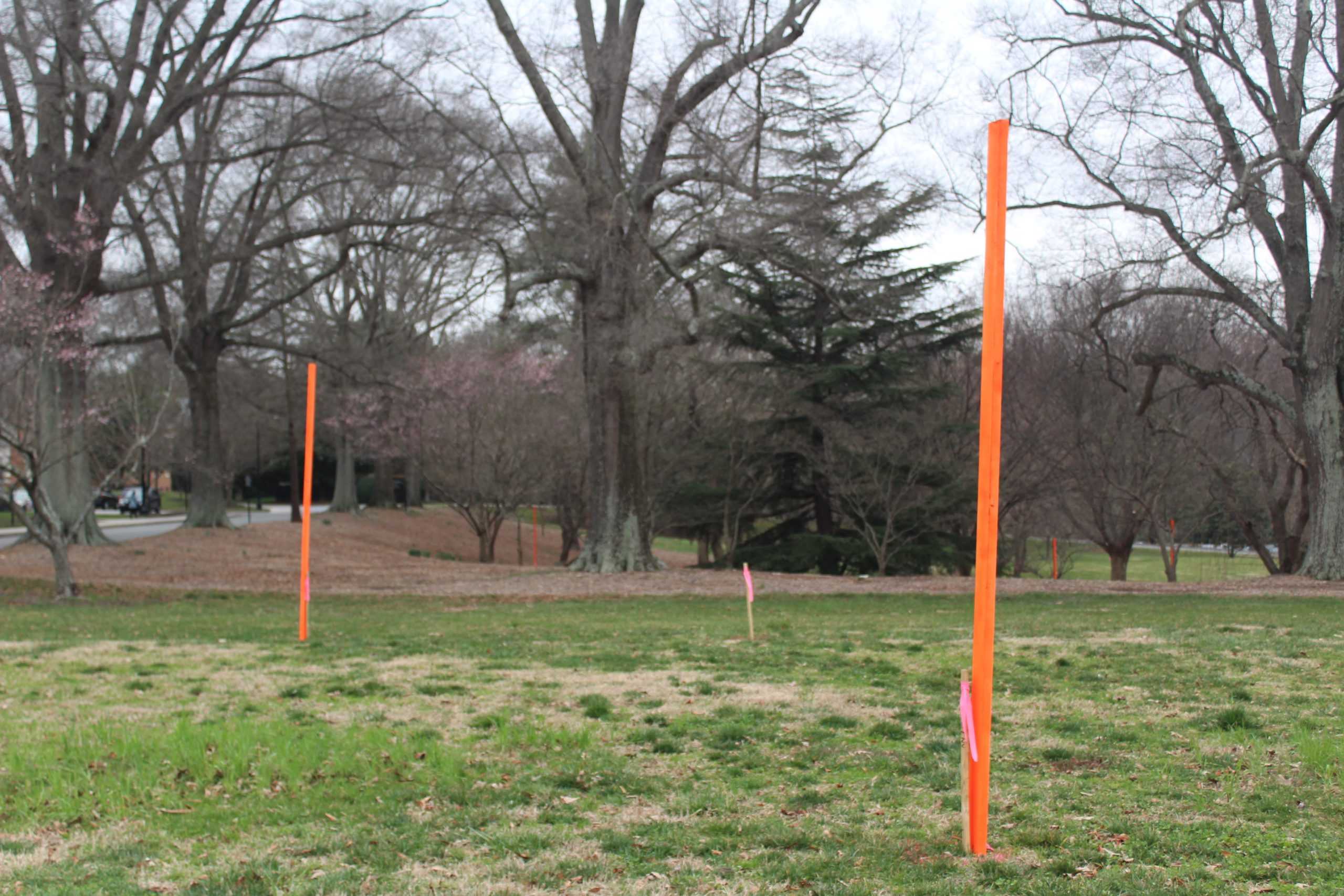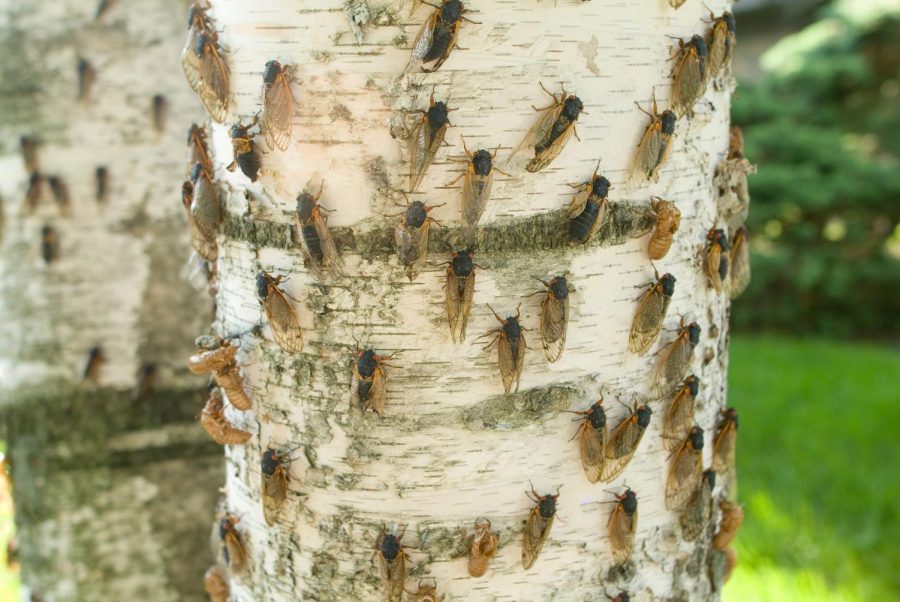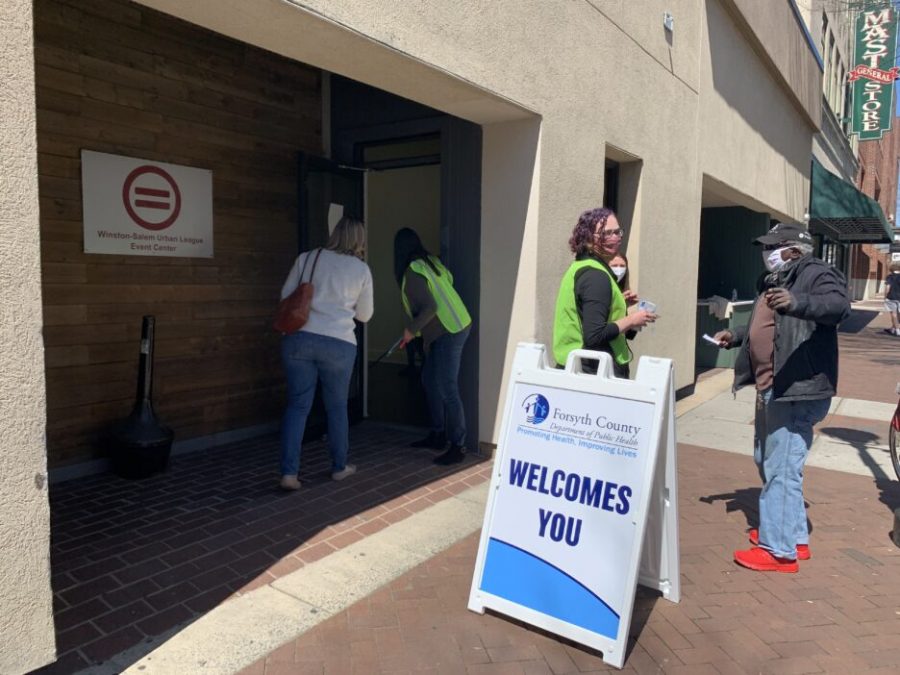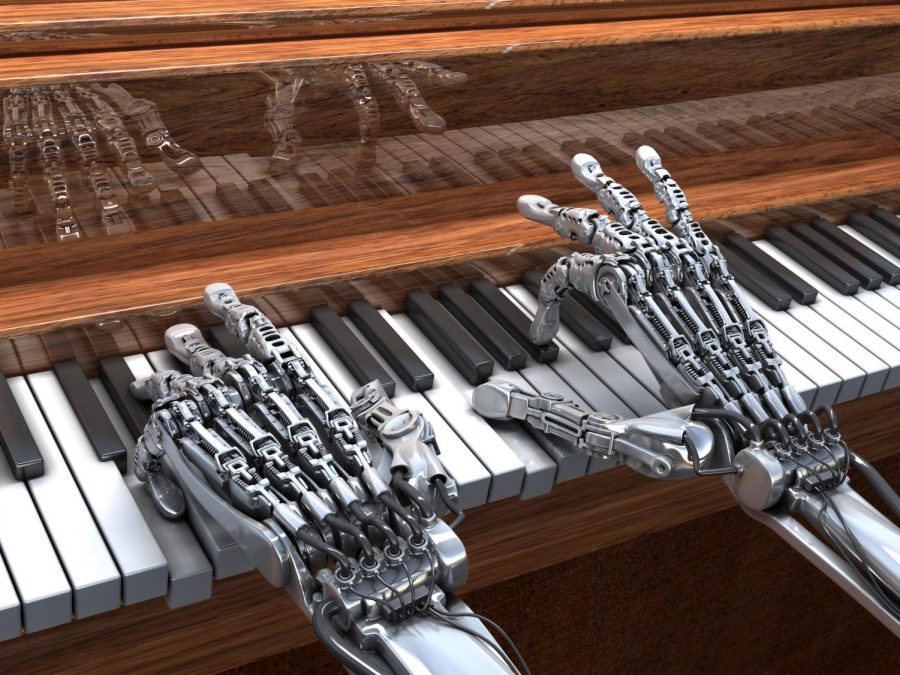Maggie Burns also contributed to the reporting for this article.
The university’s campus is adorned with hundreds of trees — magnolias, ornamental cherries, oaks — leading to an apt nickname: “The Forest.”
These trees perform a multitude of ecosystem services, which help keep “The Forest” green, but plans for expansion may result in a thinner forest in some places.
In 2010, the university developed the Tree Care Plan, which raised the standards for justifying why certain trees should be cut down and requires that for every tree cut down on campus, another tree must be planted.
The mission of the Tree Care Plan is to “ensure a safe, attractive, healthy and sustainable campus forest,” which is becoming increasingly more crucial as the infrastructure on campus is expanding.
Although construction has not yet been approved, the first two design phases of the College Academic Commons have been approved by the Board of Trustees. If the board signs off on construction of the building, trees will be uprooted from Davis Field as a result.
Some of the trees that would come down during construction, if approved, are called “heritage trees.” Heritage trees are defined in the Tree Care Plan as trees “that have developed exceptional historical, cultural or aesthetic value” due to age or other important circumstances.
The plan also expresses that the “expectation is that these [heritage] trees will not be affected by the development of the campus,” which is directly at odds with the potential construction plan.
Trees act as carbon sinks, meaning they take in carbon from the atmosphere and store it. This ecological role helps mitigate greenhouse gas emissions largely produced by humans.
Many of these trees have been storing carbon for a number of years, and cutting them down has the potential to release that carbon back into the atmosphere if they are burned or left to rot.
With the Tree Care Plan in effect, there will be new trees planted, but it takes some time for young trees to mature enough to perform the full ecosystem services of an older tree.
Although there is a plan in place to plant new trees, replacing a very old tree with a new sapling does not immediately offset the carbon emissions. It takes time before new trees efficiently and effectively sequester a similar amount of carbon from the atmosphere as trees that are decades old.
“A smaller tree just doesn’t perform the same ecosystem services as an older, larger tree,” said Chief Sustainability Officer Dedee Johnston.
According to Johnston, planting new, young trees does not immediately mitigate the effects of cutting down an old tree.
“We have a very emotional relationship with our trees, I love that about us,” Johnston said. “If students graduate and leave with that visceral relationship to non-human others, then that’s really great.”







